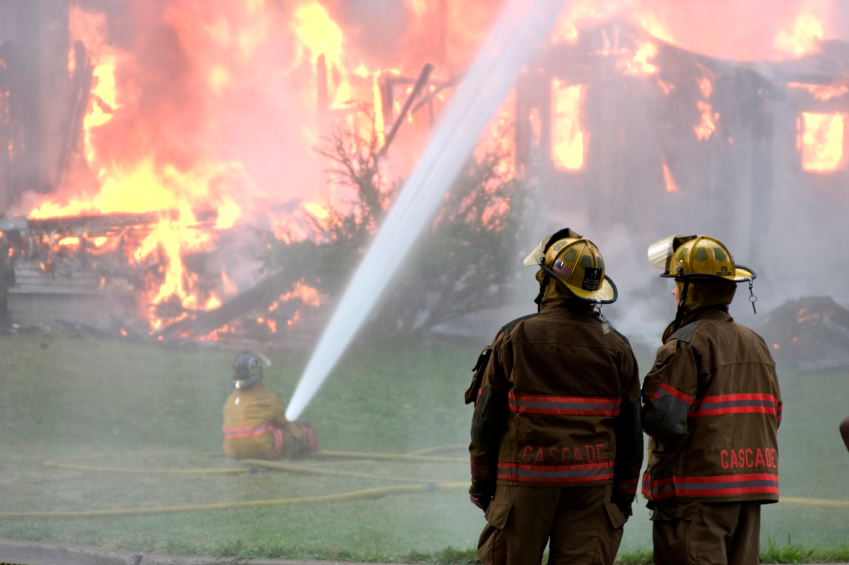According to the National Fire Protection Association , in 2012 there were an estimated 365,000 reported home structure fires and 2,380 associated civilian deaths in the United States. These numbers are staggering and all too preventable. When facing a fire, it is vital that everyone is on the same page and clearly understands the escape route.
Remember, in the event of a fire, every second counts. Flames spread fast! In less than 30 seconds, a small flame can get out of control and turn into a major fire. It is vital that everyone knows what to do and where to go when the smoke alarm sounds. Preparation is key and an escape route will help you and your family escape your home quickly.
Three steps to creating a successful fire escape plan to ensure safety in case of emergency:
1. PLAN AN ESCAPE ROUTE
Draw a map of each level of your home including doors and windows. This will open up the opportunity to discuss a handful of possible escape routes. You always want two ways out of a room because you never know what obstacles you will encounter such as a blocked door or jammed window.
2. PICK A MEETING PLACE
Designate a specific meeting place outside. Make sure that it is a safe distance away from the home. A tree, street light or neighbor’s mailbox are all good options to designate as the “meeting place.” This ensures that family members will not wander around the scene looking for one another or worse, re-entering the burning home. Remember: under absolutely not circumstances should anyone go back into the burning building. Get out and stay out.
3. PRACTICE, PRACTICE, PRACTICE
It is all too important that everyone in your home understands the escape plan. Practice makes nearly perfect. Review the plan with everyone in the house and walk through routes for each room. Ensure that all exits are practical and easy to use. When the alarm sounds, everyone needs to know exactly what to do and where to go. Young children will be more comfortable with the plan if they practice. Conduct a practice drill at least once every six months. Work to make it as realistic as possible. After the drill is over and everyone is outside, discuss any problems encountered along the way.
Keep in mind that things are going to be a bit different if children are in the home. Stress to children that they don’t need to panic or hide from either the fire or the fireman. Remind them that they do not need to be scared of firemen, they are here to protect them. Also, stress to your children to “get out and stay out.” Under no circumstances are they to reenter the home- even if this means losing their favorite teddy bear or even a pet.
Bottom line: lives are precious and fires can spark and spread at an alarming rate. Thus, it is important to have a clear fire escape route. It has been proven that exit drills reduce chance of panic and injury in fires and that trained and informed people have a much better chance to survive fires in their home. So be proactive and prepare. Ensure that your family will be safe if a fire does in fact spark in your home.



Comments are closed.